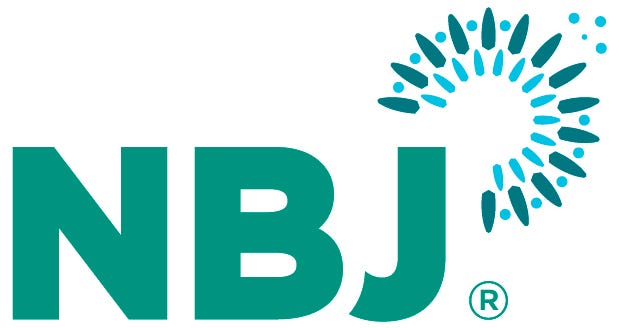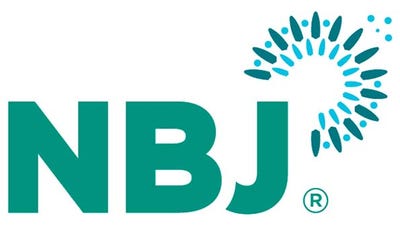June 28, 2018

Anybody who has shopped online for anything from a bike helmet to a pair of winter gloves knows that the convenience of shopping from the sofa is easily eclipsed by the tedious task of choosing which Bluetooth speaker or gloves to buy. It’s hard enough in a store. Online, the choices can feel infinite and overwhelming.
It’s easy enough to point and click, but each choice offers a constellation of options and information. And not just reviews of the product, but reviews of the online outlet selling the product. All the while, the consumer is reviewing the reviewers, wondering which appraisal of that bike helmet is fair and accurate. The time spent ferreting out the best price for the best product saps some of the convenience out of the equation. And that’s before you start prowling the blogs for the latest word on the category and the hot new model that’s surely coming out as soon as you click the “complete purchase” button.
This could explain why some of the more notable “digital disruption” is happening in categories that fit well into a subscription model. Men who join the Dollar Shave Club don’t have to think about which razor is best or where to buy it. Pick out the right dog food for Bandit on Chewy.com and he’ll lose his animosity for the mailman pretty quickly.
That’s what we see in how consumers approach natural products online. Supplements and natural living are growing far faster than food. Outside of staples, food is a new set of choices every day. Get on a supplement regiment and you know exactly how much you need every month. How often do you need to change your shampoo or your moisturizer brand? It’s early in the game on food, and Amazon’s purchase of Whole Food suggests that a hybrid model that mixes stores and two-hour delivery will develop, but for supplements and natural living, no such evolution was required.
Sales growth, as detailed in the new NBJ Sales Channel Report, suggests which natural product categories will do best in the subscription era. While online sales of natural and organic food and beverage grew strongly at 10 percent to reach $2.4 billion in 2017, natural living products grew at 14 percent. That growth may come off a smaller base—$821 million in 2017—but the easy fit into the subscription model suggests the numbers could eclipse food if trends continue. Supplements are already there. Sales in 2017 reached $3.2 billion on 15 percent growth.
The NBJ Sales Channel Report features more information about sales growth, broken down by sales channel, as well as proprietary research that details which product categories consumers see fitting best into which categories. Consumers may be overwhelmed by choices, but choosing which channels a brand should pursue is easier with data.
About the Author
You May Also Like






